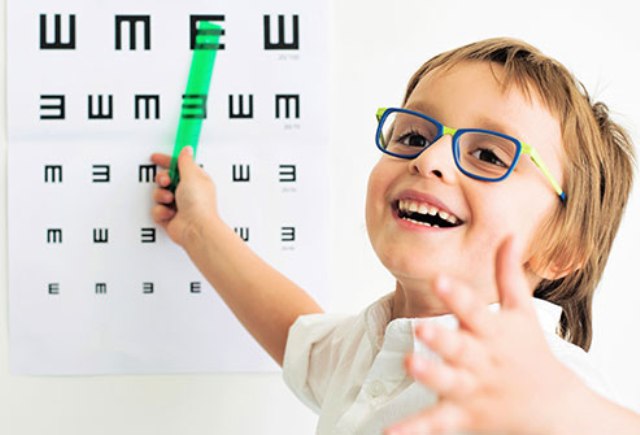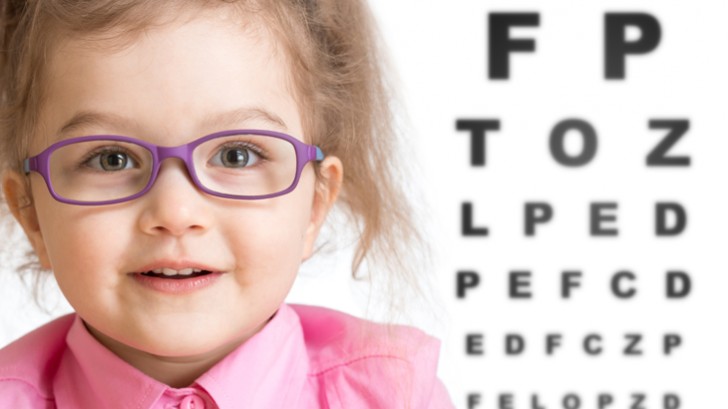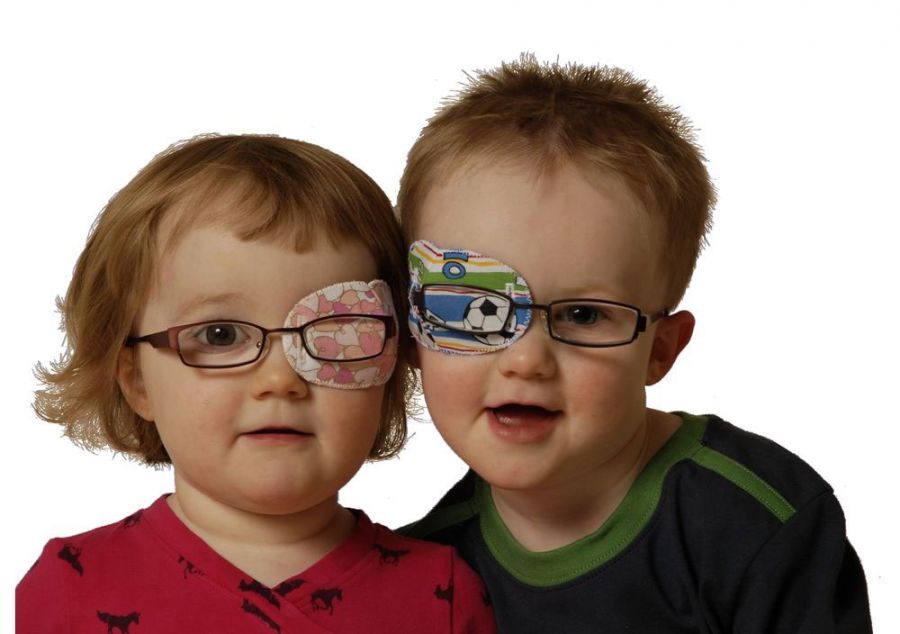Amblyopiaor lazy eye
Amblyopia or lazy eye is a type of eye disorder that affects the child’s seemingly healthy appearance and disrupts the normal vision, i.e. the eye looks healthy, but even if wearing glasses, the child’s vision might not be perfect. This happens when visual development occurs naturally in one eye, but unnatural in the other eye.

The lazy eye often affects only one eye, but it sometimes occurs in both eyes and cause insufficient vision in the right and left eyes. The vision route evolves since birth to age 9, which accelerates during the infancy, and the speed of lazy eye progress depends on the child’s age, because children move faster toward vision loss, although recovery and improvement of the lazy eye or amblyopia is faster and better in younger individuals.
After five years of age, the more lazy eye treatment is postponed, the less likely it will be to achieve full vision, such that treatment will have no effect on vision after seven to ten years of age.
Causes of lazy eye
- Laziness caused by refractive errors (i.e. eye weakness including myopia, hyperopia, and astigmatism)
- Laziness caused by strabismus
- Laziness caused by the difference in the prescription number of both eyes.

Strategies for preventing lazy eye
Proper diagnosis of the causes is the only way to prevent lazy eye, and since many of these factors are unknown to families, all children’s eyes should be examined at least three times before the primary school at different times (3 months, 2-3 years, and 5-6 years of age).
When lazy eye is caused due to refractive errors, the first priority in treatment is correction through the glasses, and then the child should be forced to use the weak eye, usually by covering the healthy eye for weeks or months.
Before the age of seven is the best age for treating the lazy eye, because the vision system still has not found the stability and strength, and the vision will more probably return to its first state.
If lazy eye is diagnosed, be sure to follow the vision status and changes in the child’s refractive errors by the end of the ten years. If the lazy eye is not treated, serious and permanent vision loss occurs in the lazy eye, the 3-dimensional vision is lost and if the healthy eye is affected or damaged, the person may suffer from poor vision till the end of life.

